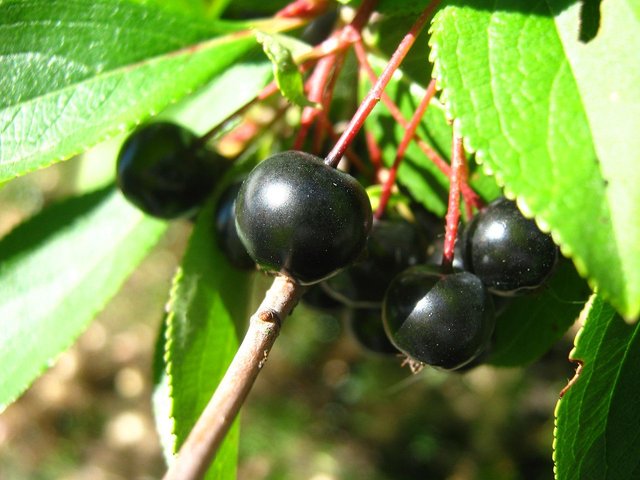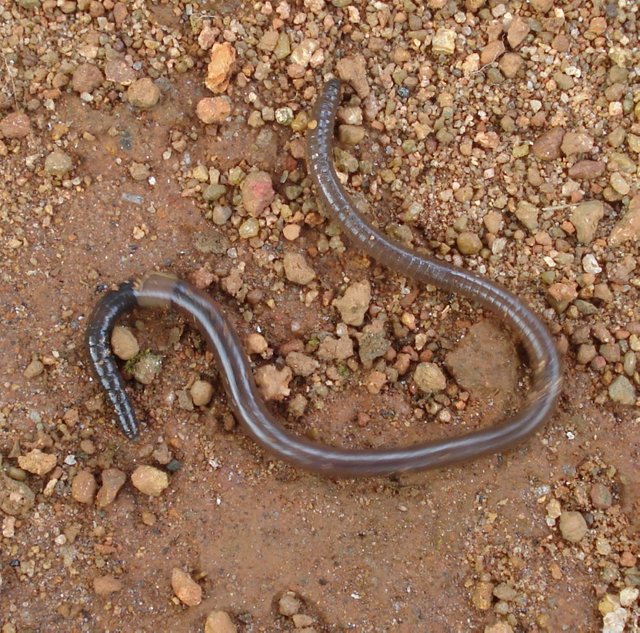Investment Gardening #3
Now that I've started investment gardening, I can't help but continue to add to my portfolio. This past weekend, I planted a couple of aronia (chokeberry) bushes to a few gaps in the ornamental coniferous hedgerow. If they take off, I plan to chop down the inedible coniferous trees and have an edible hedge row.
Chokeberry image used under a creative commons license

The variety I planted is supposed to have extremely bright red leaves in the fall, so I'm looking forward to that as well.
Why is this investment gardening? Because, I have put in the work of planting the bushes and now this investment will return dividends that are expected to increase over the coming years. This contrasts with annual gardening where work has to be reinvested every year.
The other addition to the investment garden this weekend was a nice thick layer of mulch. A local arborist had agreed to drop off shredded tree branches but a month has gone by since that agreement. I broke down and bought some mulch in bulk from a garden center ($38 for one yard). I was less than impressed with the quality of the mulch, so I am unlikely to get that desperate again. Thankfully, a family friend offered me a leaf pile from last fall. I was teeming with earthworms and was in a somewhat decomposed state. This definitely made up for the garden center mistake.
Happy gardening!

Nice! Love the Investment Gardening concept. You really are investing in a more prosperous future by planting an abundance of edibles! I'd love to grow some aronia berry. I've heard great things. What growing zone are you in? All the best!
I'm in Butte, Montana. We are in zone 3 and our last average frost date is the first week of July. Annual gardening is not only a lot of yearly work but also extremely limited here with such a short growing season. For example, I have to grow tomatoes in pots and bring them into the house most of the fall. This leads to tons of fruit flies in the house. I credit @gardeningchannel with leading me down this path of gardening.